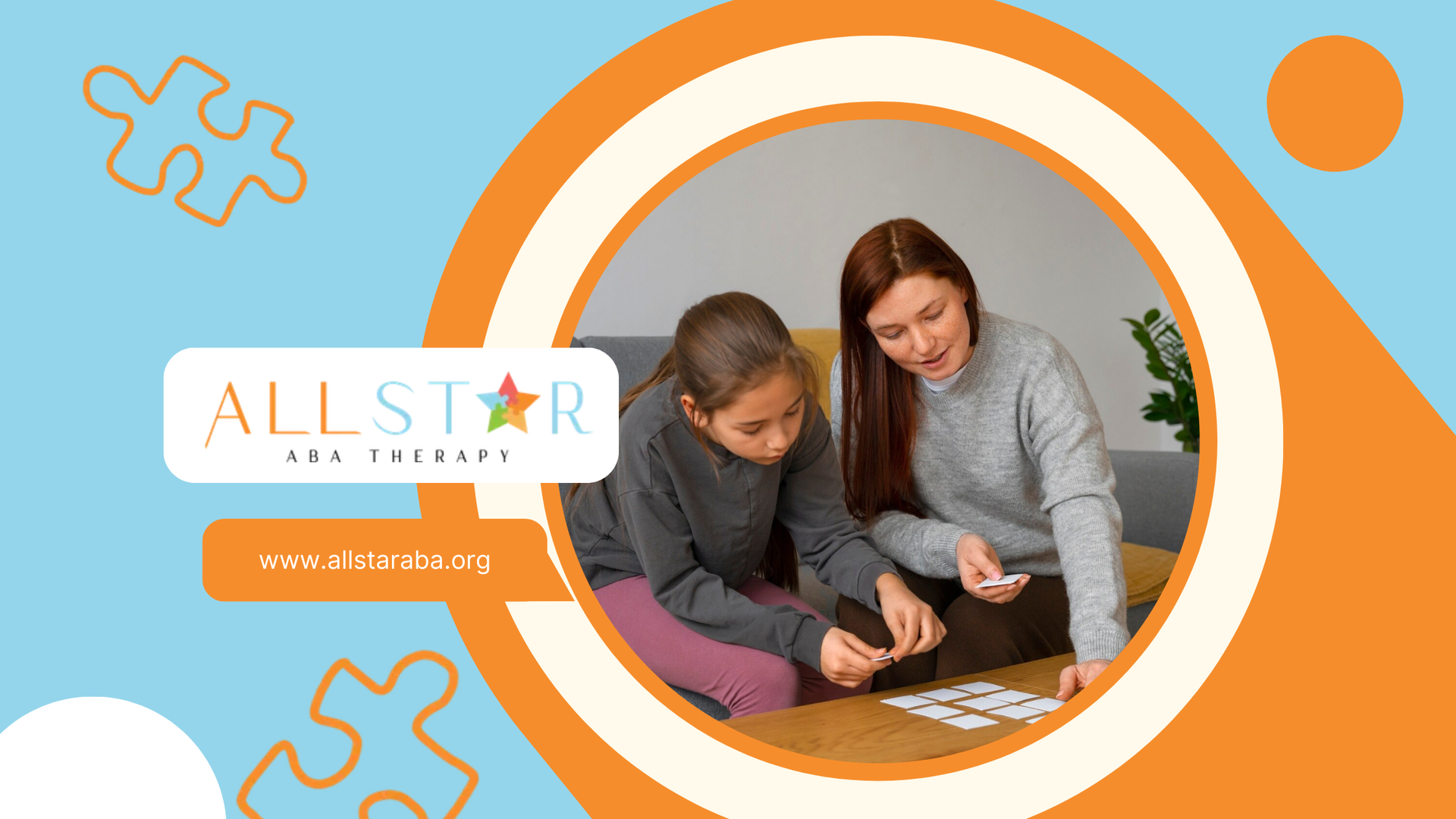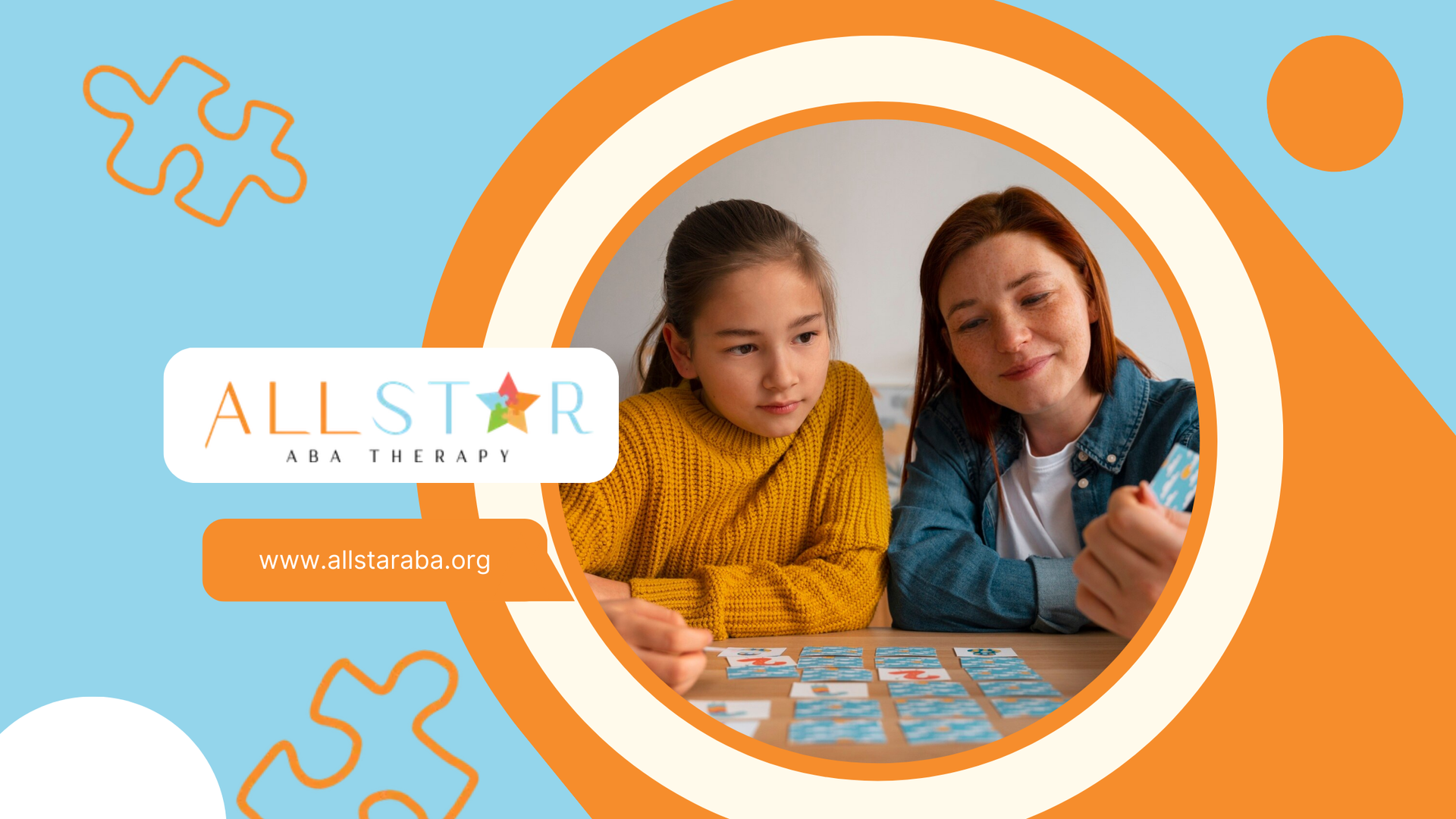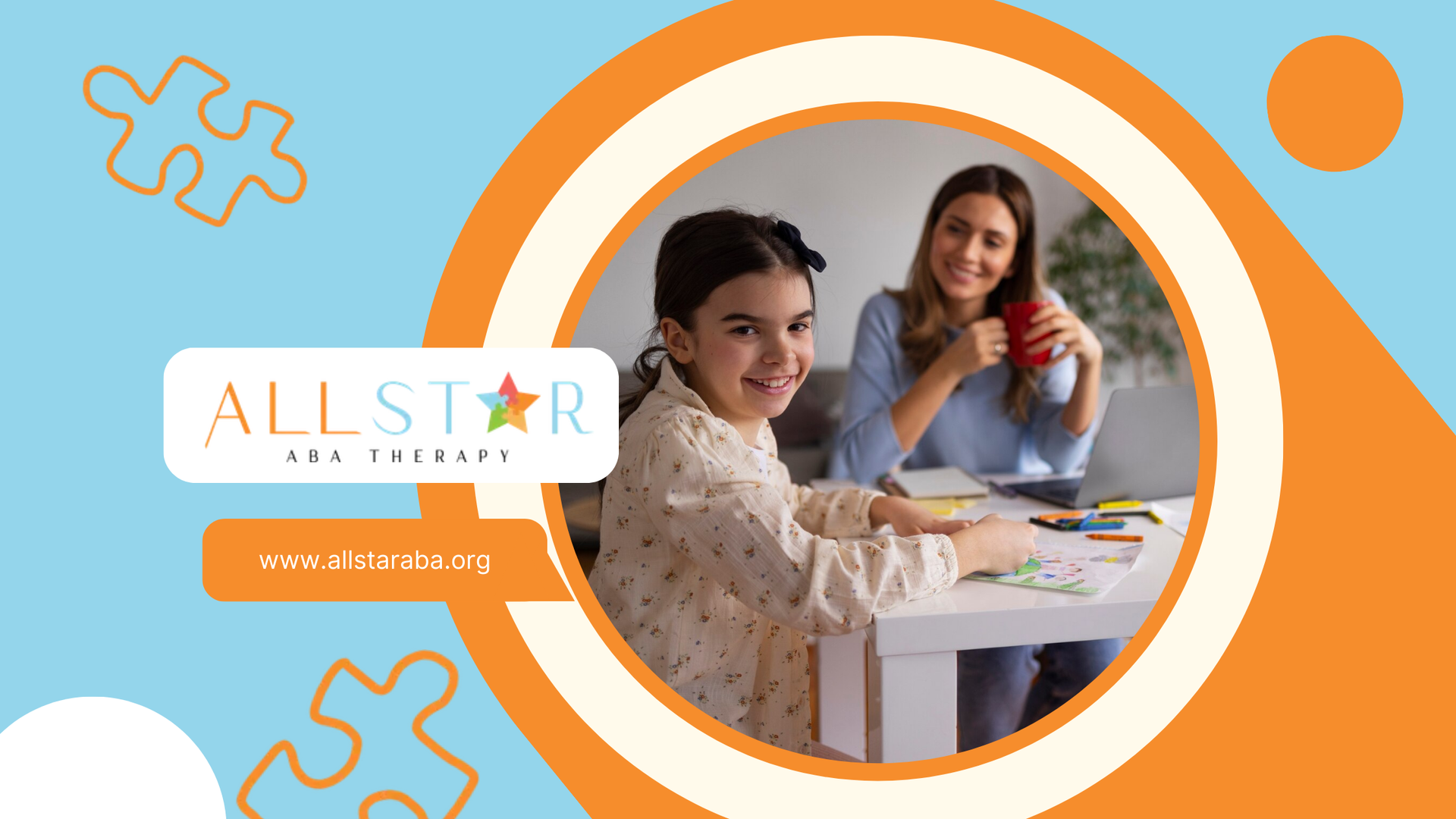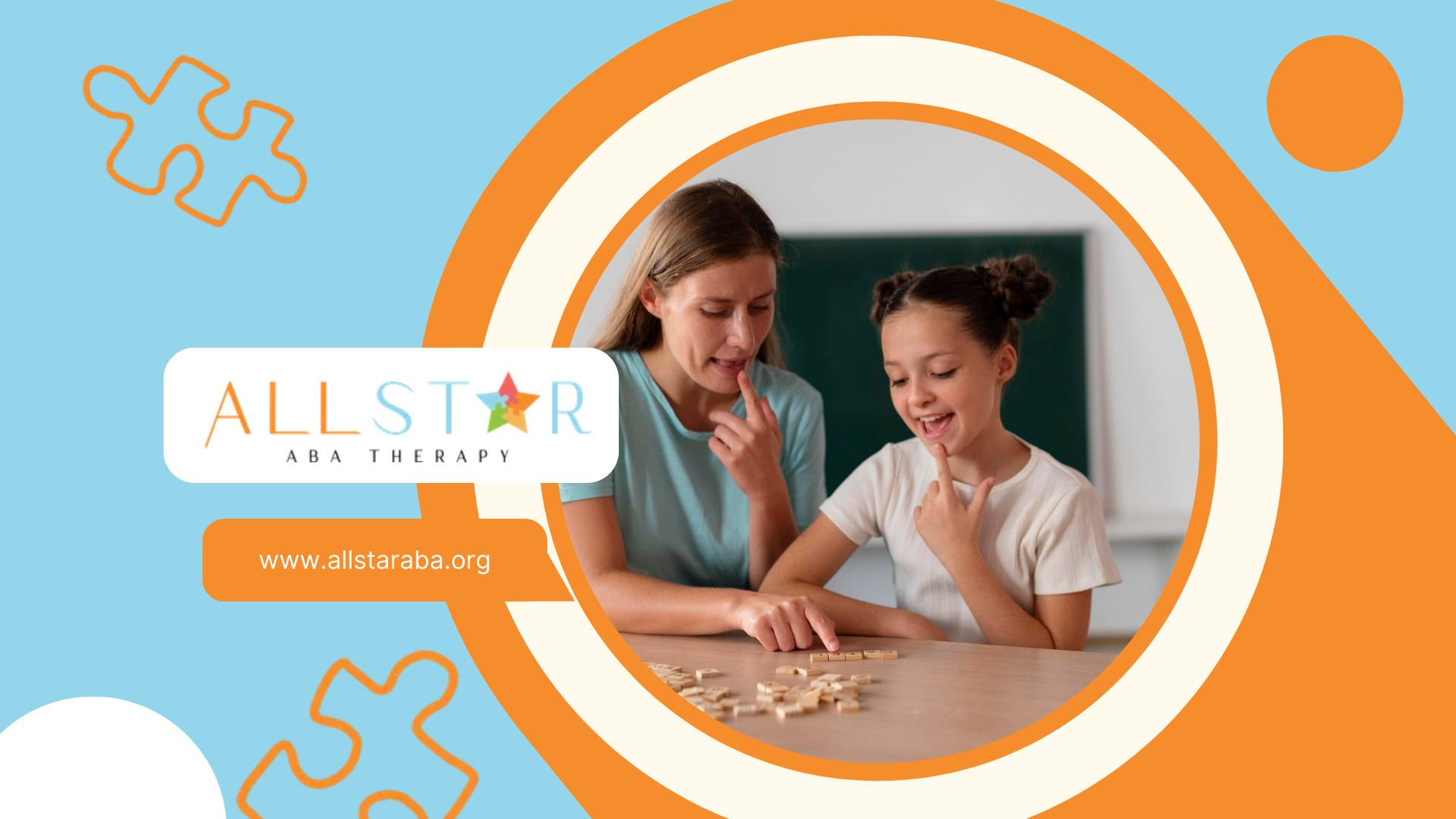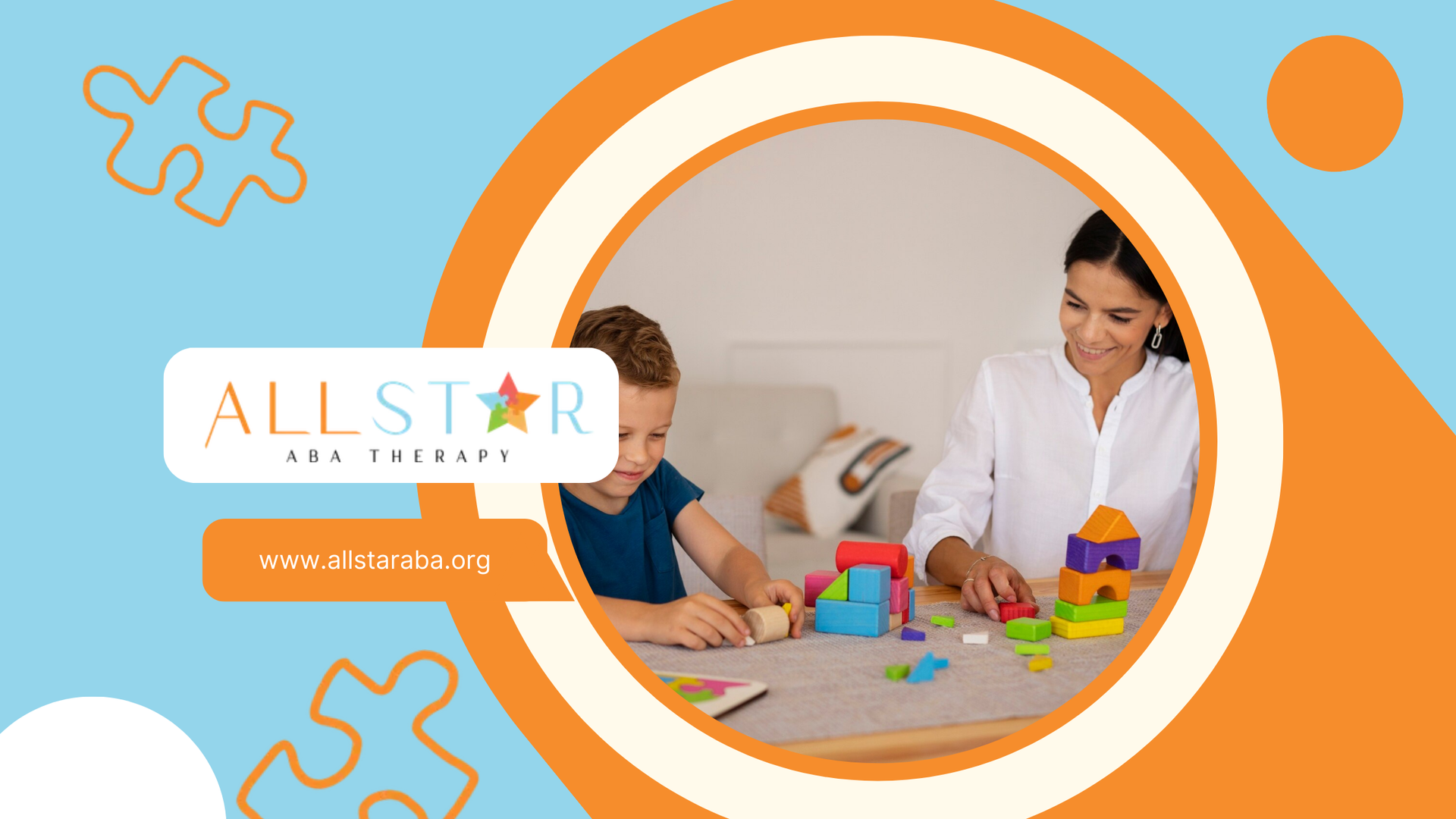New Paragraph
Understanding ABA Therapy for Autistic Teens: A Guide
Understanding ABA Therapy for Autistic Teens
Applied Behavior Analysis (ABA) therapy is a widely recognized and effective treatment for individuals with autism spectrum disorder (ASD). This section explores the benefits of ABA therapy and its effectiveness across the autism spectrum.
Benefits of ABA Therapy
ABA therapy offers numerous benefits for autistic teens, focusing on enhancing their quality of life through targeted interventions. The therapy emphasizes positive reinforcement to increase useful behaviors and social development while reducing harmful behaviors. Here are some key benefits:
- Improved Communication Skills: ABA therapy helps teens with autism develop effective communication skills, enabling them to express their needs and interact with others more confidently.
- Enhanced Social Skills: Through structured social interactions, ABA therapy teaches teens how to engage with peers, understand social cues, and build meaningful relationships.
- Behavioral Improvements: By identifying and addressing challenging behaviors, ABA therapy helps reduce problematic actions and promotes positive behavior patterns.
- Daily Living Skills: ABA therapy focuses on teaching essential daily living skills, such as personal hygiene, time management, and organizational skills, to help teens become more independent.
Effectiveness Across the Autism Spectrum
ABA therapy is effective for individuals across the autism spectrum, from mildly to severely affected. Research and clinical experience show that ABA helps children, teens, and adults by individualizing each person's treatment while using the same basic principles. The therapy's adaptability makes it suitable for a wide range of needs and developmental levels.
| Severity Level | Key Focus Areas | Expected Outcomes |
|---|---|---|
| Mild | Social skills, communication, coping strategies | Improved peer interactions, effective communication, better coping mechanisms |
| Moderate | Behavioral management, daily living skills, social interactions | Reduced challenging behaviors, enhanced independence, improved social engagement |
| Severe | Basic communication, self-care skills, safety awareness | Increased ability to communicate needs, improved self-care, heightened safety awareness |
ABA therapy for teens emphasizes the importance of an individualized approach, creating tailored treatment plans to meet the specific needs of the individual while focusing on current strengths and weaknesses. This personalized approach ensures that each teen receives the support they need to thrive.
For more information on specific strategies and interventions used in ABA therapy for teens, visit our article on ABA therapy strategies for autistic teens.
ABA Therapy for Adolescents
Applied Behavior Analysis (ABA) therapy is a widely recognized approach for supporting autistic teens. This section delves into the tailored treatment plans and targeted intervention techniques that make ABA therapy effective for adolescents.
Tailored Treatment Plans
ABA therapy for teens emphasizes the importance of an individualized approach. Each treatment plan is customized to meet the specific needs and abilities of the individual, ensuring that the therapy is relevant, goal-oriented, and maximizes the potential for positive change. The goal is to improve daily life by teaching essential skills that meet the person where they are developmentally.
Key components of tailored treatment plans include:
- Assessment of Strengths and Weaknesses: Identifying the individual's current abilities and areas that need improvement.
- Goal Setting: Establishing clear, measurable objectives that are meaningful to the individual and their family.
- Personalized Strategies: Developing specific interventions and techniques that align with the individual's learning style and interests.
- Continuous Monitoring: Regularly collecting data on progress to adjust the treatment plan as needed.
| Component | Description |
|---|---|
| Assessment | Identifying strengths and weaknesses |
| Goal Setting | Establishing clear, measurable objectives |
| Personalized Strategies | Developing specific interventions |
| Continuous Monitoring | Regularly collecting data on progress |
For more information on ABA therapy programs for autistic adolescents, visit our article on ABA therapy programs for autistic adolescents.
Targeted Intervention Techniques
ABA therapy involves a variety of targeted intervention techniques designed to address specific behaviors and skills. These techniques are tailored to the unique needs of each individual, ensuring that the therapy is effective and engaging.
Some common intervention techniques include:
- Discrete Trial Training (DTT): A structured method that breaks down skills into small, manageable components and teaches them through repeated trials.
- Natural Environment Teaching (NET): Using the individual's natural environment to teach skills in a more relaxed and less structured manner.
- Pivotal Response Treatment (PRT): Focusing on key areas of development, such as motivation and self-management, to produce broad improvements in other areas.
- Functional Communication Training (FCT): Teaching alternative communication methods to replace challenging behaviors.
| Technique | Description |
|---|---|
| Discrete Trial Training (DTT) | Structured method with repeated trials |
| Natural Environment Teaching (NET) | Teaching skills in a natural setting |
| Pivotal Response Treatment (PRT) | Focusing on key areas of development |
| Functional Communication Training (FCT) | Teaching alternative communication methods |
These techniques are supported by a data-driven decision-making approach, where therapists continuously collect data on the individual's progress to adjust strategies and interventions as needed. This ensures that the therapy remains effective and evolves in response to the individual's changing needs and progress.
ABA therapy goes beyond behavior modification, focusing on introducing and supporting socially appropriate behaviors, reinforcing positive behaviors, and identifying and replacing behaviors that are not socially appropriate. This holistic approach helps autistic teens develop essential skills for daily living and social interactions.
For more information on interventions, visit our article on ABA therapy interventions for teenage autism.
Goals of ABA Therapy for Teens
Applied Behavior Analysis (ABA) therapy is a widely recognized approach for supporting teens with autism. The primary goals of ABA therapy for autistic teens include the development of social skills and the enhancement of daily living skills.
Social Skills Development
One of the key objectives of ABA therapy for teens is to improve their social skills. Effective communication and social interactions are essential for building meaningful relationships and connecting with peers. ABA therapy employs various strategies to help teens with autism develop these skills.
- Communication Skills: ABA therapy focuses on enhancing both verbal and non-verbal communication. This includes teaching teens how to express their needs, understand social cues, and engage in conversations.
- Social Interaction: Teens learn how to initiate and maintain interactions with others. This involves practicing turn-taking, sharing, and understanding the perspectives of others.
- Coping Mechanisms: ABA therapy helps teens develop coping skills to manage social anxiety and navigate challenging social situations.
| Social Skills Focus | Techniques Used |
|---|---|
| Communication Skills | Verbal and non-verbal communication training |
| Social Interaction | Role-playing, social stories |
| Coping Mechanisms | Relaxation techniques, positive reinforcement |
Daily Living Skills Enhancement
Another critical goal of ABA therapy for teens is to enhance their daily living skills. These skills are crucial for promoting independence and preparing teens for future endeavors such as college, job applications, and running errands without immediate assistance.
- Personal Hygiene: ABA therapy teaches teens essential hygiene practices, including brushing teeth, bathing, and grooming.
- Navigation and Shopping: Teens learn how to navigate their environment, use public transportation, and shop for groceries.
- Household Chores: ABA therapy helps teens develop skills for managing household tasks such as cooking, cleaning, and laundry.
| Daily Living Skills Focus | Techniques Used |
|---|---|
| Personal Hygiene | Step-by-step instructions, visual schedules |
| Navigation and Shopping | Community outings, role-playing |
| Household Chores | Task analysis, positive reinforcement |
ABA therapy emphasizes an individualized approach, creating tailored treatment plans to meet the specific needs of each teen while focusing on their current strengths and weaknesses. By targeting social skills and daily living skills, ABA therapy aims to improve the overall quality of life for teens with autism, fostering independence and confidence.
Implementing ABA Therapy
Individualized Sessions
ABA therapy involves individualized treatment plans tailored to the unique needs and abilities of each person, ensuring that the therapy is relevant, goal-oriented, and maximizes the potential for positive change. These sessions are designed to address specific behaviors and skills that are important for the teenager's development.
Individualized sessions are guided by the interests of the teenager and use positive reinforcement to teach skills outlined in their treatment plans. The therapy can be conducted in various settings such as schools, hospitals, mental health centers, correctional facilities, and in-home sessions. The flexibility in settings allows for personalized support and helps in generalizing the skills learned in therapy to real-world situations.
Frequency and Duration of Therapy
The frequency and duration of ABA therapy sessions can vary significantly based on the needs of the teenager. Typically, sessions last a few hours and occur up to five days per week. The duration of ABA therapy typically ranges from 10 to 40 hours per week, with additional family training sessions to ensure effective outcomes.
| Setting | Typical Duration per Week |
|---|---|
| In-home | 10 - 40 hours |
| School | 10 - 20 hours |
| Mental Health Centers | 10 - 30 hours |
| Correctional Facilities | 10 - 20 hours |
ABA therapy is almost never implemented 40 hours a week as initially recommended. Most kids receive either 10 hours or 20 hours a week, with more severe cases receiving more hours. The therapy is often play-based and aims to help children generalize skills learned in therapy sessions to real-world situations.
Success Measures in ABA Therapy
Data-Driven Progress Tracking
ABA therapy for autistic teens relies heavily on a data-driven decision-making approach. Therapists continuously collect data on a child's progress to adjust strategies and interventions as needed, ensuring that the therapy remains effective and evolves in response to the individual's changing needs and progress. This method involves meticulous tracking of various behaviors and skills over time.
| Data Collection Techniques | Description |
|---|---|
| Frequency Recording | Counting the number of times a specific behavior occurs within a given period. |
| Duration Recording | Measuring the length of time a behavior lasts. |
| Interval Recording | Observing whether a behavior occurs during specific intervals. |
| ABC Data | Recording antecedents, behaviors, and consequences to understand behavior patterns. |
These techniques help in creating a comprehensive picture of the teen's progress, allowing therapists to make informed decisions about the next steps in the therapy process.
Key Indicators of Improvement
Measuring the success of ABA therapy involves assessing progress through various key indicators. These indicators provide insight into the effectiveness of the therapy and the areas where the teen has shown improvement. Common success measures in ABA therapy include:
- Communication Skills: Improvements in the frequency of requests made, vocabulary expansion, and the ability to express needs and desires.
- Social Skills: Increased peer engagement, sharing behaviors, and participation in group activities.
- Daily Living Skills: Enhanced independence in dressing, grooming, and meal preparation.
| Key Indicator | Example of Progress |
|---|---|
| Communication Skills | Increased vocabulary, more frequent requests, improved sentence structure. |
| Social Skills | More peer interactions, better sharing, participation in group activities. |
| Daily Living Skills | Dressing independently, grooming without assistance, preparing simple meals. |
These indicators are essential for evaluating the overall impact of ABA therapy on the teen's life. By focusing on these areas, therapists can ensure that the therapy addresses the most critical aspects of the teen's development.
Criticisms and Controversies
Debate on ABA Therapy
Applied Behavior Analysis (ABA) therapy is a widely used intervention for autistic individuals, including teens. However, it has been the subject of significant debate. While studies have shown that ABA is effective in helping children with autism learn skills and reduce problematic behaviors, some parents and autistic self-advocates do not support its use.
Critics argue that ABA therapy can be too repetitive and tough on children. They claim that the skills learned during therapy may not generalize to other situations. Additionally, there is concern that ABA focuses too much on eliminating behaviors rather than building new skills. This approach may not align with the unique needs of autistic individuals, as it often aims to make them fit neurotypical standards.
Autistic self-advocates suggest that other therapies, such as speech and language therapy, might be more beneficial for building skills and independence. They emphasize the importance of respecting the individuality of autistic teens and tailoring interventions to their specific needs.
Addressing Criticisms in Practice
In response to these criticisms, modern ABA therapy has evolved to address some of the concerns raised by critics. Practitioners are now trained to make learning fun and interesting for the child, reducing the repetitive nature of the therapy. The focus has shifted towards building positive behaviors and skills rather than solely eliminating negative behaviors.
ABA therapy is also no longer implemented for the initially recommended 40 hours a week. Most children receive either 10 or 20 hours a week, with more severe cases receiving more hours. The therapy is often play-based and aims to help children generalize skills learned in therapy sessions to real-world situations.
Practitioners acknowledge the importance of focusing on what children should be doing rather than what they shouldn't be doing. This approach helps in building essential skills and promoting independence in autistic teens.
By addressing these criticisms, ABA therapy continues to adapt and improve, ensuring that it meets the needs of autistic teens and their families.
Final Thoughts
ABA therapy plays a vital role in supporting autistic teens as they build communication, social, and daily living skills that promote independence and confidence. With individualized treatment plans, evidence-based interventions, and a focus on positive reinforcement, ABA continues to adapt to meet each teen’s unique needs. While the therapy has faced its share of debate, modern ABA emphasizes respect, personalization, and real-world application.
If you’re considering ABA therapy for your teen, reach out to All Star ABA, where our compassionate team is dedicated to helping every child shine. Let’s work together to support your teen’s journey toward a brighter future.
Sources:
- https://www.autismparentingmagazine.com/aba-principles/
- https://psychcentral.com/pro/child-therapist/2019/10/examples-of-goals-to-address-in-aba-applied-behavior-analysis#1
- https://www.autismspeaks.org/pivotal-response-treatment-prt
- https://www.autismspeaks.org/expert-opinion/aba-teens
- https://pmc.ncbi.nlm.nih.gov/articles/PMC8702444/
- https://childmind.org/article/controversy-around-applied-behavior-analysis/
Need Support?
We're Here to Help!
Our experienced team is ready to assist you. Reach out today to discuss how we can support your child's development and well-being.
Get started with expert ABA therapy today.
Related posts

All Star ABA delivers the gold standard of care, Applied Behavioral Analysis (ABA) therapy, for individuals diagnosed with ASD, from infancy to age 21.
Quick Links
All Rights Reserved | All Star ABA


